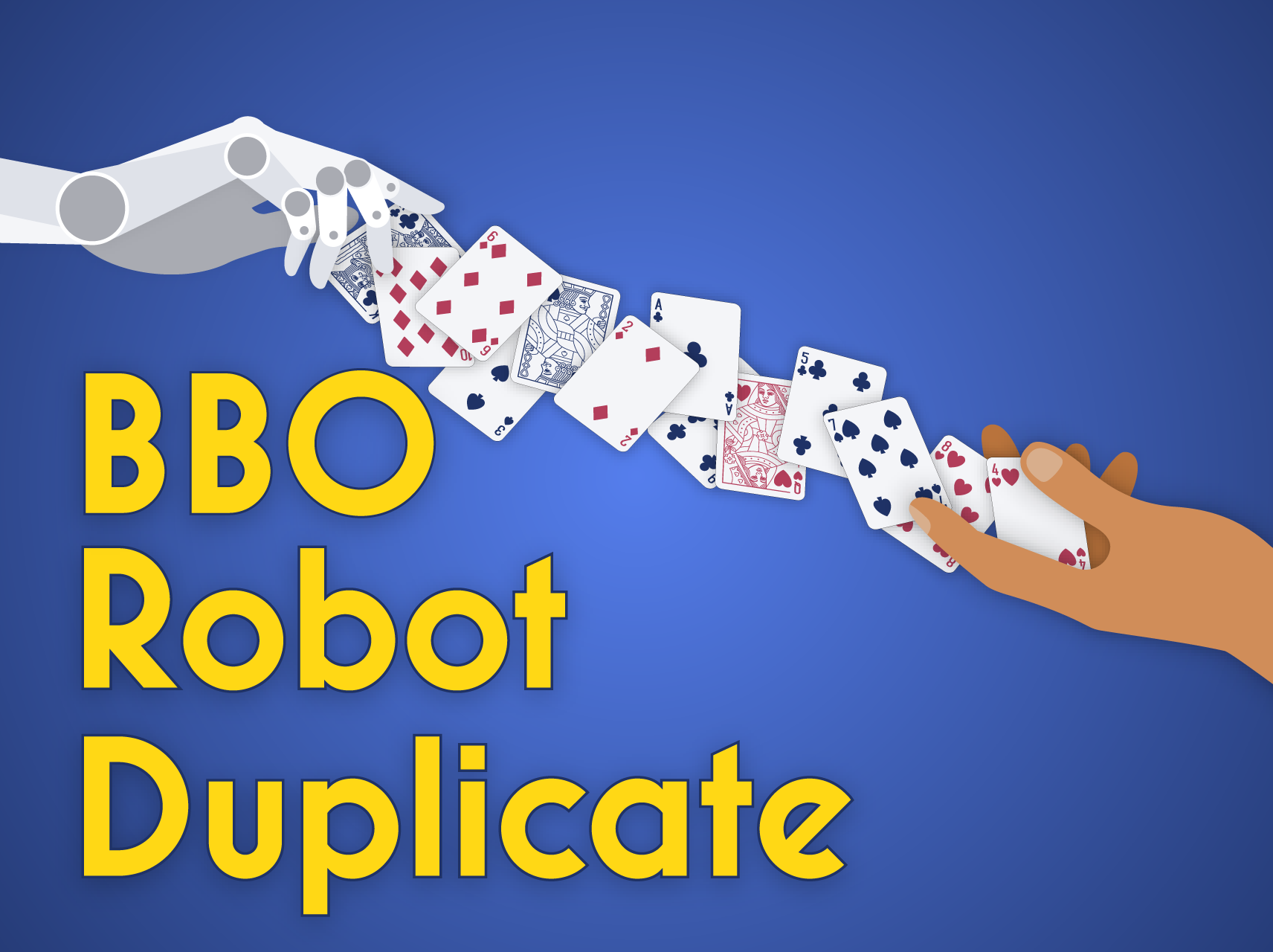


By GeO Tislevoll, Auckland, New Zealand
The Australian Autumn Nationals 2024 took place in Adelaide, South Australia in the beginning of May. Surprisingly another Congress was played in Queensland the same week but the turnout in Adelaide was still good with majority of Australian top players and as usual several New Zealand players participating.
THE SWISS PAIRS
The first events were Swiss Pairs in five categories with a total of 180 pairs. In the Open 56 pairs played and in a strong Mixed field, 24 pairs.
Being familiar with safety plays and all kinds of classic suit combinations may not be enough. Here is a hand from the Swiss Pairs that gave me a choice of playing a suit according to the best play seen in isolation or consider the whole hand before deciding how to play the suit.
Dealer West. All Vul.
Having reached 6 Hearts as East with no bidding from the opponents, South leads the King of Clubs. Plan the play.
Experienced players will immediately recognize the Heart suit combination which you might find in books about suit combination play. If the Hearts break 3-2, no problem. There is, though, with this suit seen in isolation, a safety play against one 4-1 break, South holding Q-J to four. You start with the Ace, and both defenders follow low. Then a low Heart towards West. If South follows with the 9 in the second round, you can insert the 10. If it loses, Hearts are 3-2 and the King will later pull their last trump. You must lose one Heart trick anyway so why not lose it in the second round of the suit rather than later?
If South has four, you have by playing this way solved the trump suit for only one loser. Is this a hand where you should play the suit that way?
Maybe, maybe not.
As always, such suit combo plays should be seen in the full context of the hand. In this case, you must also set up Diamonds. A Diamond finesse can be successful, but it is not necessarily needed. A Diamond can be pitched on the third round of Spades so the suit can be established by ruffing Diamond(s) in the West hand. However, if you make the safety play and North wins with the Jack or the Queen over the 10, a Club from North will force out a trump from declarer’s hand. If so, the Diamonds cannot be established and cashed by pitching a Diamond on the Spades and ruff a Diamond as you will be out of entry to East. So, if you guard against 4-1 and Hearts are 3-2, you will be dependent on the Diamond finesse.
I started with the Ace of Hearts, both followed with small Hearts, then played a low Heart towards West. South played the 9 in the second trump round. After a long pause I decided I didn’t want to be dependent on the Diamond finesse and risk going down if both red suits behaved nicely. So, I said "King, please!" Sadly, that was wrong:
Board 20. Dealer West, All vul.
As the Diamond Queen was with North, the slam can be won by making the "right" Heart play.
About half of the E/W-pairs played in 4 Hearts. A few pairs overbid to 7 Hearts and 13 of 28 E/W pairs played in 6 Hearts. Only three of them succeeded. Going down in the slam cost 10 IMPs as the datum score was E/W +340.
In the next round came yet another hand which could have been taken from a textbook. Playing as N/S, you might have wanted this hand to occur in a team’s match with strong teammates rather than in a Swiss Pairs event. This is because very few E/W pairs were able to maximize.
Board 5, Dealer North, N/S vul.
Many places South overcalled 4♣ over East’s opening 1♥, and in some places South jumped to 5♣. The most interesting situation came where West became declarer in 6 Spades.
North leads the ♣4 against 6♠, very likely a singleton. It looks easy before the nasty trump break is discovered when playing a Spade in the second trick. At this stage many declarers gave up and some did concede one down at once, next board please. That was a tad too early as this is a hand that proves you should never give up before it is over.
A trump reduction and a nice endplay against North can be sorted. It requires that you get down to a three-card ending where North and declarer have three trumps each. To execute such a play, you often need a bit of good guessing of the layout, but here declarer will soon discover North has five Hearts. North’s shape is pretty clear, 4-5-3-1. So, two Hearts can be ruffed, and North will follow suit. Thus, declarer can get down to the same trump length as North. To enter East for those Heart ruffs, Diamonds can be ruffed. The end position will be:
To play the Spade 7 endplays North who must lead away from Q-5 into declarers K-8, and two apparently certain trump tricks have been reduced to one!
In the Open Pairs, 11 E/W pairs reached 6 Spades but only two declarers found the winning line, Zoly Nagy and Peter Buchen. In the Mixed Pairs only Warren Lazer succeeded in 6 Spades.
How do you fancy overcalling 5♣ rather than a more careful 4♣ with the South hand? N/S is unfavorable so 5 Clubs may seem a bit much, but the frisky 5♣ overcall puts more pressure on E/W. However, some of the 5♣ bidders were left there doubled and went down three. Having -800 on the score card is rarely good and does not look pretty, but E/W can make +980, right? In a team match you might be saved by your teammates making the slam, but in Swiss Pairs it is not so when “teammates” have the average score of the field. The datum score on this board was only E/W +180 so being left in 5 Clubs doubled cost 12 IMPs.
Ron Cooper ‒ Phil Gue won the Open Pairs with a strong, impressive finish. They were below average after three of eight rounds.
PAIRS PRIZE WINNERS
DAVID LUSK ROOKIE PAIRS
1st Susan Roberts ‒ Antony Kimber
2nd Elizabeth Laird ‒ Rosalie Vaccaro
3rd Rose Duggan ‒ Cathy McAuliffe
STEPBRIDGE UNDER LIFE MASTER PAIRS
1st Julie Clark ‒ Julie Roberts
2nd Penny Bowen ‒ Bill Griggs
STEPBRIDGE UNDER GRAND MASTER PAIRS
1st Gail McKenzie ‒ Peta Drake
2nd Tassi Georgiadi ‒ Paul Williamson
TBIB MIXED PAIRS
1st Ella Jacob ‒ Fraser Rew
2nd Christy Geromboux ‒ Sebastian Yuen
TBIB OPEN PAIRS
1st Ron Cooper ‒ Phil Gue
2nd Jamie Thompso ‒ Mathew Vadas
Best Seniors Pair: Kate McCallum ‒ Axel Johannsson
Best Women’s Pair:Therese Demarco ‒ Anita Curtis

Chair of the Tournament Committee Barbara Travis with Gregor Forster-Rohal, the youngest competitor, aged 13. Gregor learnt bridge this year from his brother Anton who is not exactly a veteran either, being only 15 years old…

Frazer Rew and Ella Jacob won the Mixed Pairs.



